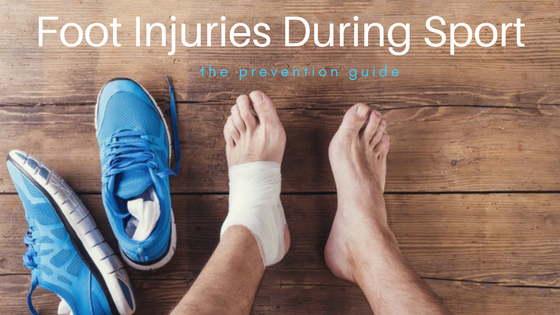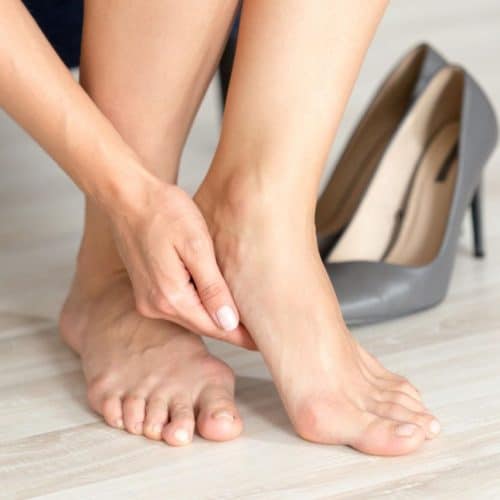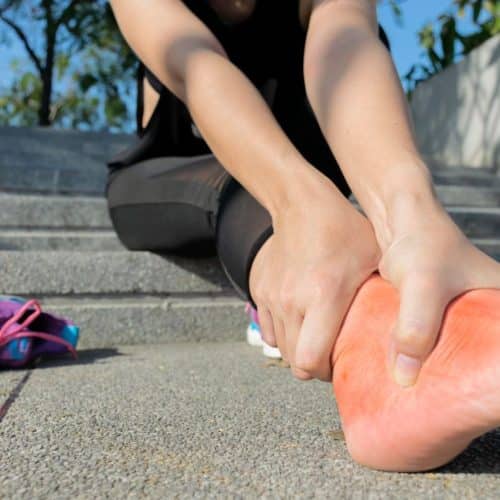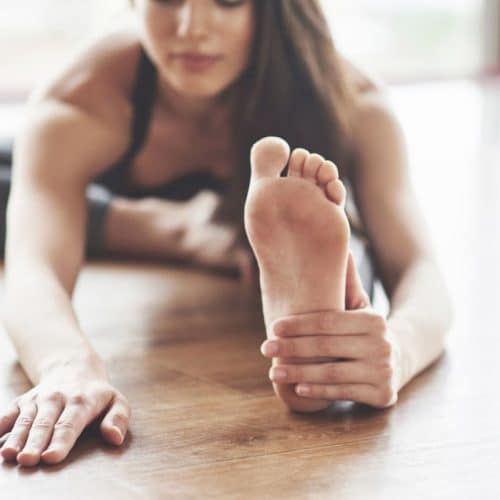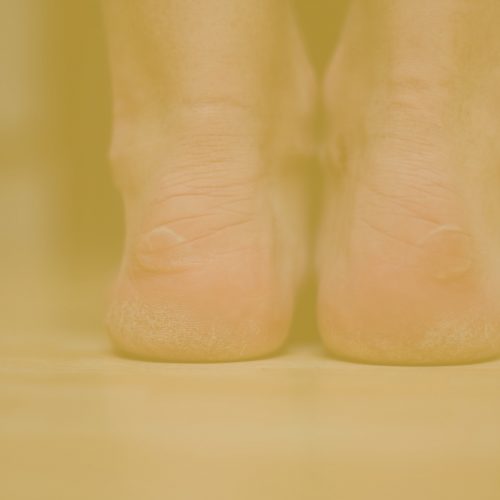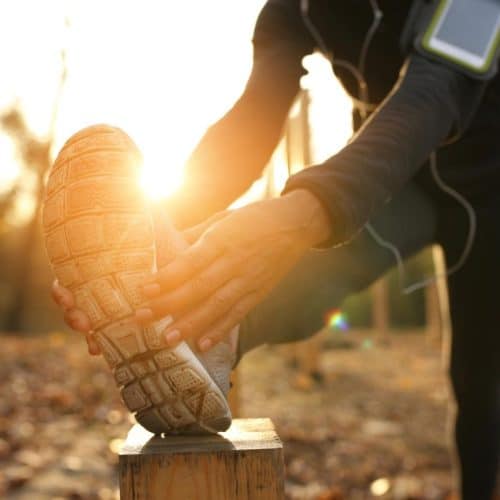Foot injuries are by far the most common injuries to occur during sports, especially those played outdoors.
Foot Injuries during sport often result in decreased physical activity and work time. Today we are going to discuss some of the more common foot injuries (Achilles Tendon, Ankle Sprains, and Plantar Fascia).
As a sports podiatry clinic it is important to educate our patients on what they can do to minimise their risk of these injuries occurring and today we wanted to share some of this advice with you.
Achilles Tendon
Current research has found that this type of injury does not involve inflammation but a series of micro tears that weaken the tendon know as (Tendinosis).
Prevention Of Achilles Tendon Foot Injuries in Sport:
- Wear appropriate shoes for the activity.
- Warm up with dynamic stretching and cool down with static stretching. Be mindful that in winter the body will take longer to warm up and therefore your warm up period should accomodate for this.
- Strappings or tapings may be required to offload the pull of the Achilles tendon.
- Using correct technique to limit the amount of pull on the Achilles tendon.
- Undertaking appropriate training to make sure you are ready for the event.
- Participating in regular strengthening and stretching sessions to maintain muscles strength and flexibility.
- Undertaking a suitable load program if there is pain or weakness in the Achilles Tendon.
- Allow enough recovery time between training sessions.
- Avoid activities that cause pain.
Ankle Injury
The ankle is one of the most commonly injured body parts during sport. The most common ankle injury reported is lateral (outside) ankle sprains. This is more common in activities that involve explosive movements and fast direction changes. Sports such as basketball, tennis, netball and football where the participant is required to jump, twist and turn can leave them particularly vulnerable to ankle sprains.
Prevention of Ankle Sprain Foot Injuries During Sport:
- Follow a training program that includes flexibility, balance, stretching and strengthening exercises of the ankle.
- Include agility work in your training, to prepare your ankle for high acceleration force and quick direction change.
- Checking the training and playing areas to make sure the ground is even and flat.
- Wearing appropriate footwear that provides ankle support.
- Warming up to ensure the muscles and tendons supporting the ankle are ready.
- Allowing adequate recover time between activity.
- Avoid activities that cause pain.
Plantar Fascia
The plantar fascia is a very important structure on the sole of the foot, assisting with arch function. It attached to the base of the toes and attaches to the inside of the heel bone. Impact and running sports are often associated with injury to the plantar fascia.
Prevention of Plantar Fascia Foot Injuries During Sport:
- Warming up the fascia with a spiky massage ball before activity and releasing the calf muscles.
- Maintain a healthy weight to reduce load and stress on the fascia.
- Buying supportive, cushioning footwear, with a good arch support. Avoiding barefoot on hard surfaces.
- Not wearing worn out runners – most shoes need replacing after approximately 650km’s of use.
- Undertaking appropriate training prior to the competition and increasing work load slowly.
- Allowing adequate recovery betweens sessions and cease any activity that causes pain or discomfort in the heel.
If you are experiencing foot or lower limb pain it is important to be assessed by a professional who deals with these type of injuries, such as a podiatrist.
At Well Heeled Podiatry we know how important it is for our patients to continue physical activity. For many tendon and muscle injuries activity levels will reduced slightly, but activity is still beneficial in the recovery process to maintain strength and sport-specific skills.
We can provide you with a “return to activity” plan so you have clear outcomes on timeframes and to mange your expectations.


